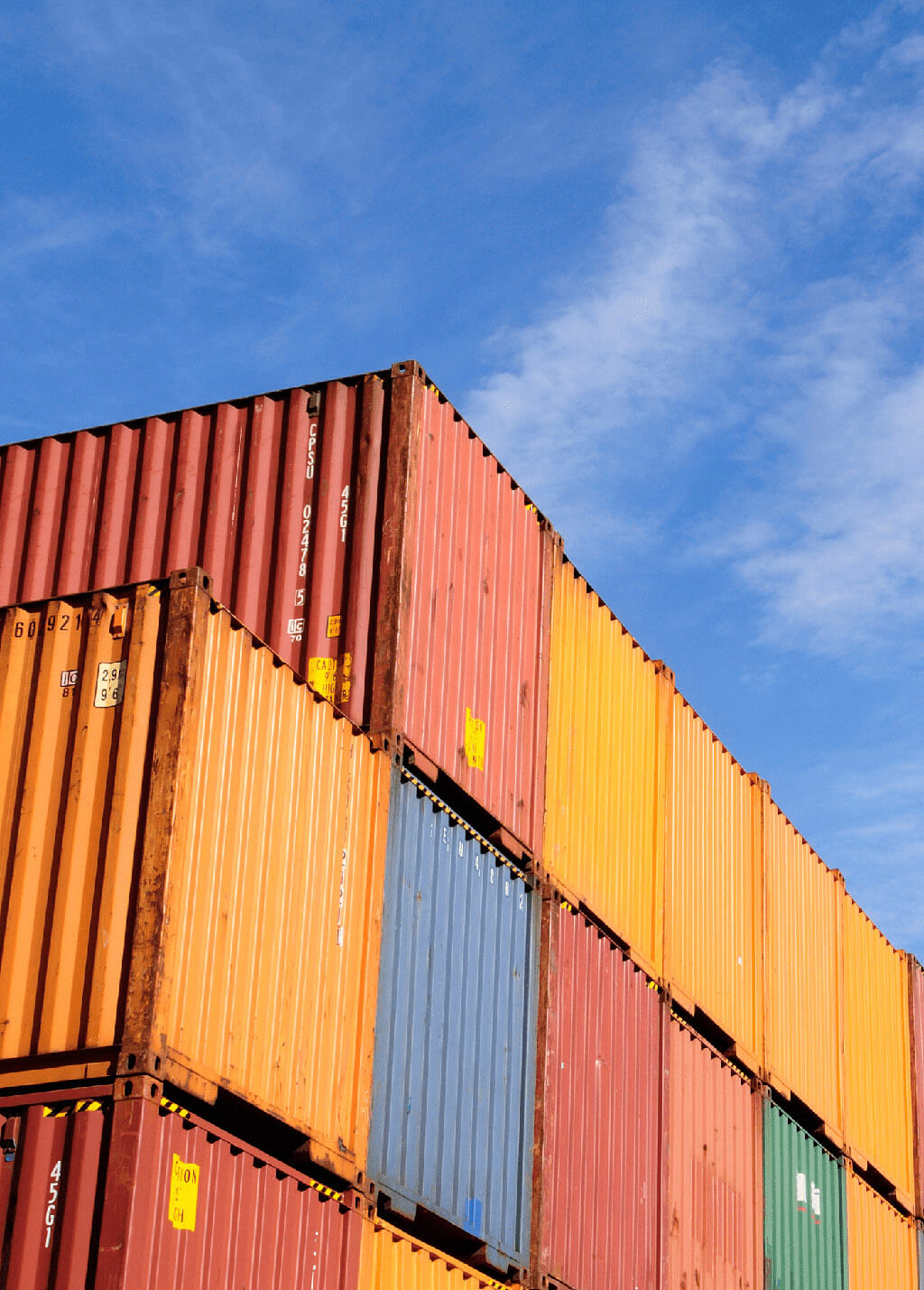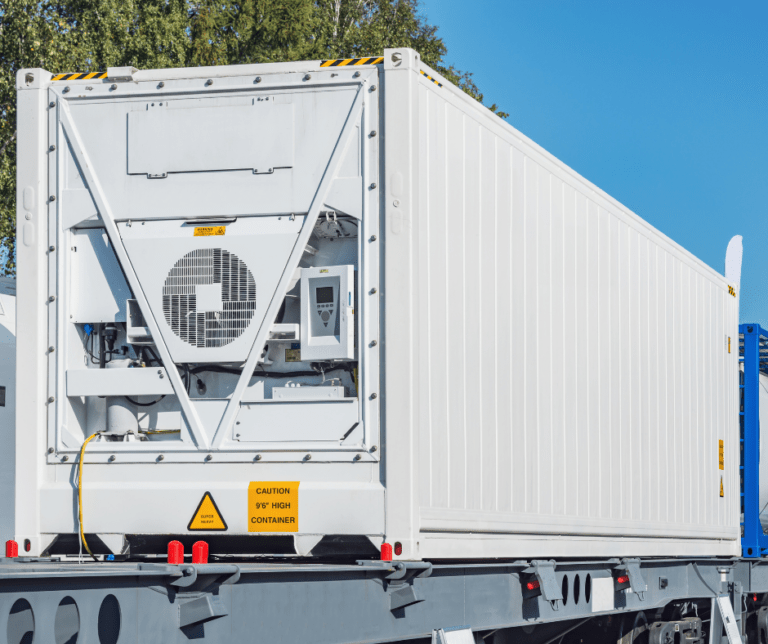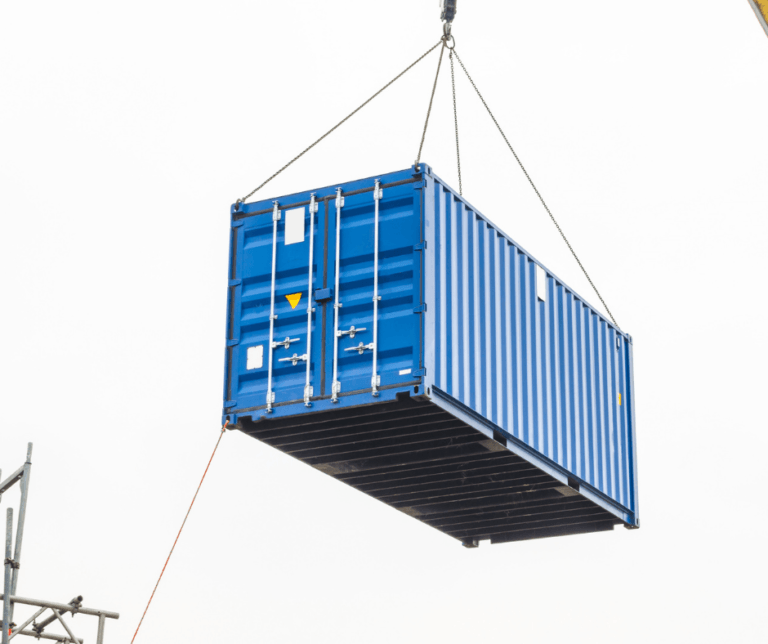
Container Sizing 101: How to Choose the Right Size for Your Logistics Operations
There are various container sizes available on the market, each with its own unique dimensions and capacity. The most common container sizes include:
20 Foot Containers
These are the standard containers used in international shipping and can hold up to 33 cubic meters of cargo. They are commonly used for small to medium-sized shipments and are suitable for a wide range of goods.
They are typically made of steel and have double doors on one end that can be opened for loading and unloading. The interior dimensions of a 20-foot container are typically about 19 feet (5.79 meters) long, 7 feet (2.13 meters) 8 inches (20.32 cm) wide, and 7 feet (2.13 meters) 10 inches (25.4 cm) tall, and they have a payload of around 62,347 pounds (28.28 t).
40 Foot Containers
These containers are twice the size of 20-foot containers and can hold up to 67 cubic meters of cargo. They are commonly used for larger shipments and are often used for transporting heavy or bulky items.
The maximum gross weight capacity of a 40 foot container is 67,200 pounds, which allows for the transportation of heavy goods.
They measure 40 feet in length, 8 feet in width, and 8.5 feet in height, making them large enough to hold a significant amount of cargo.
45 Foot Containers
These containers are slightly larger than 40-foot containers and can hold up to 76 cubic meters of cargo. They are commonly used for high-volume shipments and are suitable for a wide range of goods.
45 feet containers are often used for the transportation of heavy goods, such as machinery or construction materials. They are also sometimes used for temporary storage or as portable offices or living spaces.
53 Foot Containers
These containers are the largest standard size available and can hold up to 101 cubic meters of cargo. They are commonly used for transporting oversized or heavy items and are suitable for a wide range of goods. Just like other containers, 53 foot containers are also sometimes used for temporary storage or as portable offices or living spaces.

In addition to these standard container sizes, there are also specialized containers available for specific types of goods. For example, refrigerated containers are used for transporting perishable goods, while flat rack containers are used for oversized or irregularly-shaped items.
When choosing a container size, it’s important to consider the type and volume of goods you’re transporting. A 20-foot container may be suitable for small shipments, but a 40-foot container may be more suitable for larger shipments. It’s also important to consider the dimensions of the goods you’re transporting and ensure that they will fit inside the container.
Using the right container size can help you optimize space and minimize costs, while the wrong size can lead to inefficiencies and wasted resources. By carefully considering your needs and choosing the right container size, you can ensure the success of your logistics operations.



Leave a Reply